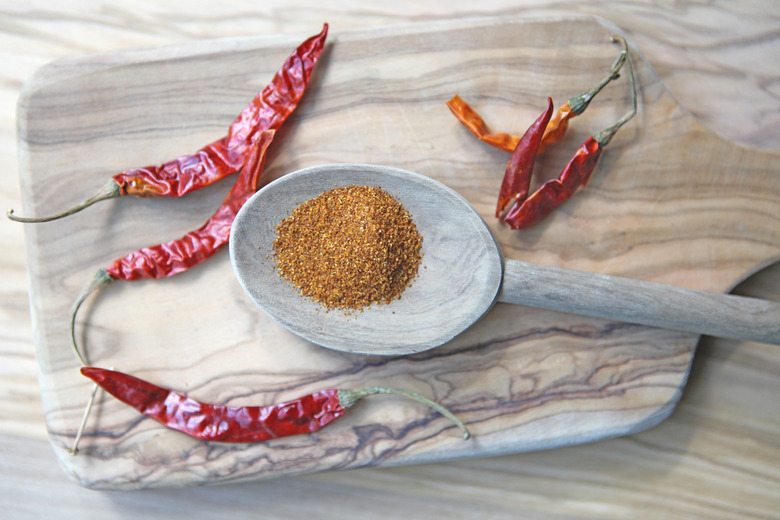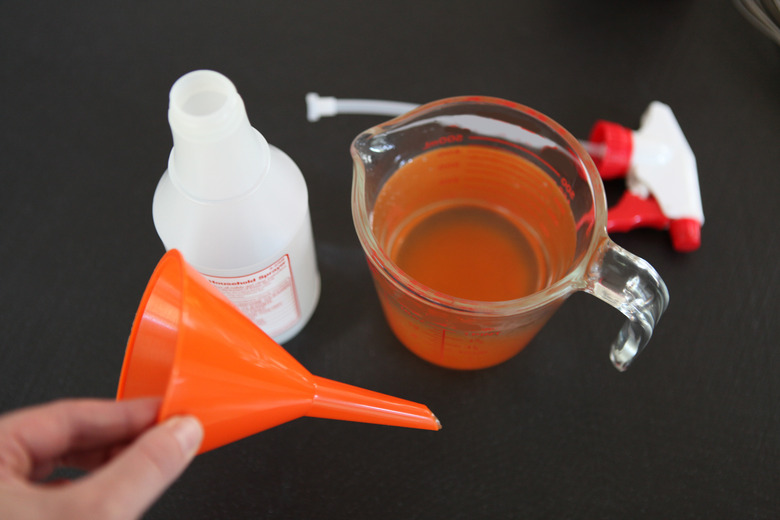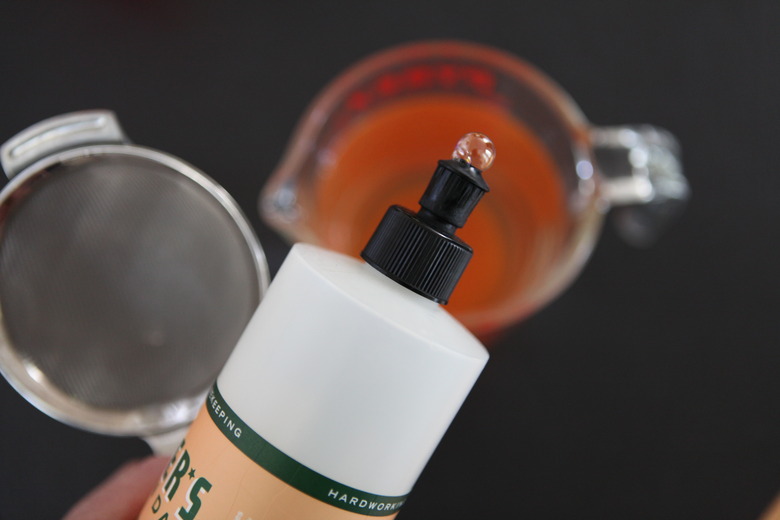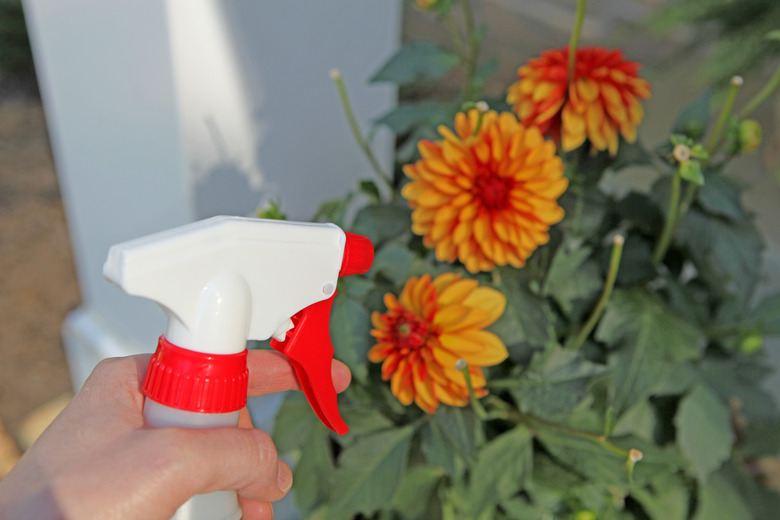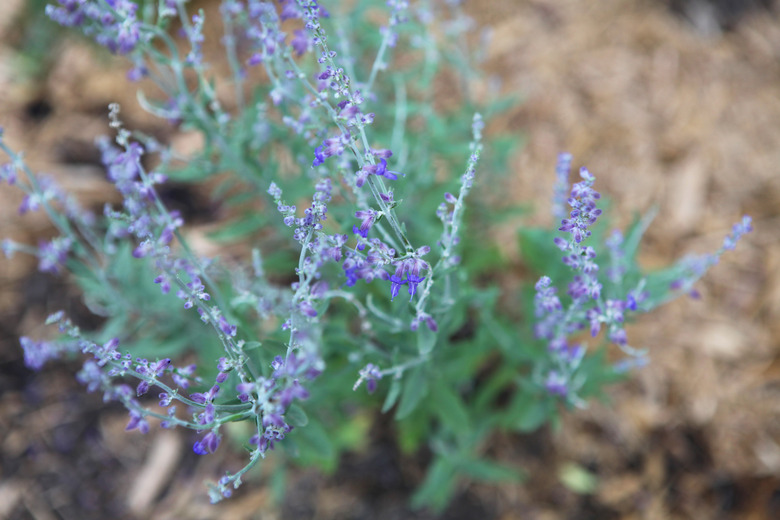How To Make Cayenne Pepper Spray Repellent
A versatile repellent for everything from tiny aphids to marauding deer, cayenne pepper spray is one of the go-to formulas for organic gardeners — especially thrifty ones. The homemade insecticide reportedly will also repel such damaging garden pests as beetles, leafhoppers and spittlebugs. Every do-it-yourselfer seems to have his or her own proprietary blend, because cayenne pepper comes in fresh, ground and liquid forms.
Powdery Powerhouse
Powdery Powerhouse
When you're using dried, or ground, cayenne pepper, you'll need about 2 tablespoons for every gallon of water. Several drops of liquid soap gives the spray extra sticking power. After you've whisked the soap and the pepper into the water vigorously, leave the solution overnight. The following day, stir it again, then use a funnel to decant it into a spray bottle.
Fresh Firepower
Fresh Firepower
If you grow your own cayenne peppers, you've got a free source for an anti-pest spray. Rodale's "Ultimate Encyclopedia of Organic Gardening" recommends chopping up 1/2 cup of peppers for every 2 cups of water. After processing the peppers and the water in a blender, let the formula sit overnight before straining it. Mix in a drop or two of liquid soap for every 2 cups of formula, or 6 drops per gallon.
Saucy Spray
Saucy Spray
Some gardeners may prefer to use hot sauce as their cayenne pepper source, in part because it dissolves more readily than powder, and doesn't require the chopping or straining that fresh pepper formulas do. Use cayenne pepper-based hot sauce at a rate of about one part hot sauce per 16 parts water. This proportion works out to about 1 ounce of hot sauce per 2 cups of water, or 8 ounces of hot sauce per 1 gallon of water. Blend in about 6 drops of liquid soap per gallon of water before decanting some of it into a spray bottle.
Spicy Spritzing
Spicy Spritzing
If you make the spray by the gallon, use a lidded container to store the unused portions for about a week. If you have a large garden and a significant pest problem, pour the entire gallon of pepper spray into a backpack-type sprayer. For most home gardens, however, a spray bottle will be adequate — if you run out, simply go back to the remaining batch and refill your bottle. It's best to wait until a windless day when no rain is expected to apply the spray. Spray both the top and the underside of leaves for optimum protection. Reapply the spray about once a week, or after a rainfall.
Cayenne Cautions
Cayenne Cautions
As you might expect, cayenne pepper spray can be extremely irritating to the eyes, skin or lungs. Wear protective eyewear and clothing when working with it, and avoid spraying into the wind. You may find that powder-based sprays clog your spray bottle — either rinse out the nozzle regularly, or switch to a nonpowder version. Finally, it's important to check with your local university science or gardening extension service to determine if soapy pepper sprays have been associated with population declines of pollinating insects in your area. It may be best to avoid using the spray frequently, or near certain plants that are in flower, such as those that attract bees.
